What Animals Live In Singapore?
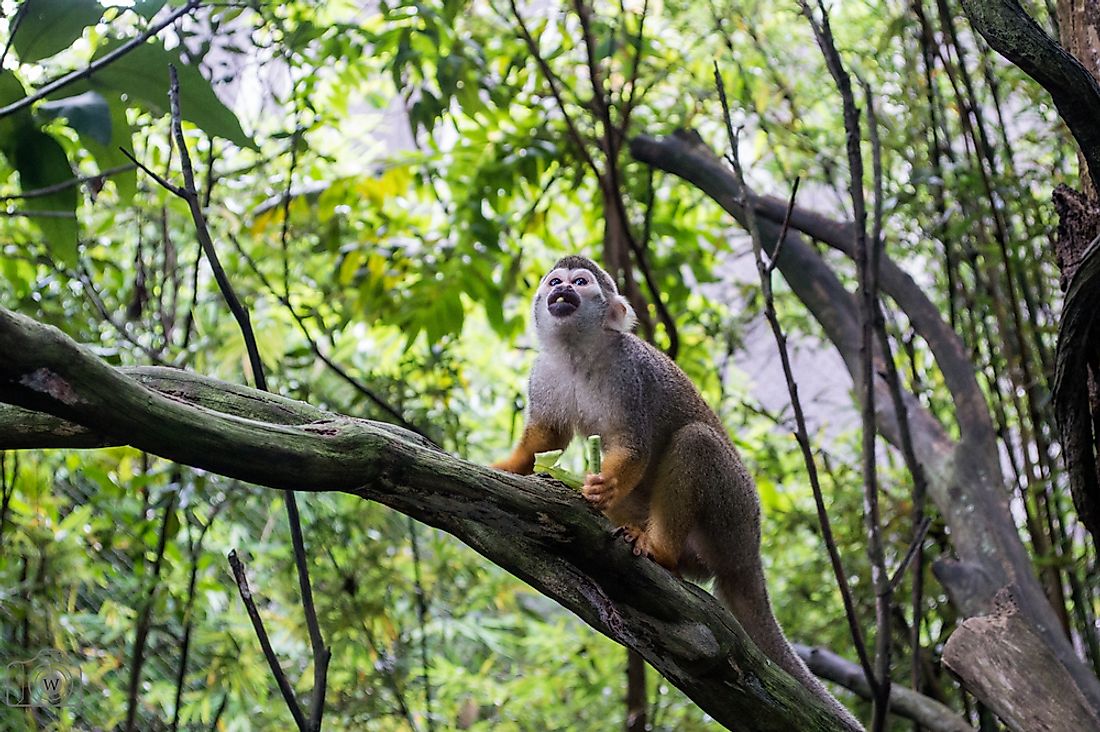
Singapore, a city-state in Southeast Asia, is a highly urbanized country. However, surprisingly, Singapore also supports diverse flora and fauna. The wildlife of Singapore continues to survive in various nature reserves across the country like the Sungei Buloh Wetland Reserve and the Bukit Timah Nature Reserve. These protected areas comprise only 0.25% of the land area of Singapore.
When the British established their first trading post in the country in 1819, Singapore was almost entirely covered in rainforests. Over around 183 years, Singapore lost 95% of its natural habitats. Local extinction of numerous species of mammals and plants were a consequence of this loss. In 1992, the government of Singapore introduced the Singapore Green Plan to ensure that the remaining wildlife of Singapore was well-protected. New protected areas were created and connected to the existing ones. Today, Singapore has managed to conserve its existing species diversity.
Singapore is home to around 80 mammalian species including 45 species of bats and three species of primates excluding humans. Singapore also hosts 395 species of birds, 110 reptilian species including 75 snake species, and 30 species of amphibians.
Below is a list of some animals found in Singapore.
8. Colugos
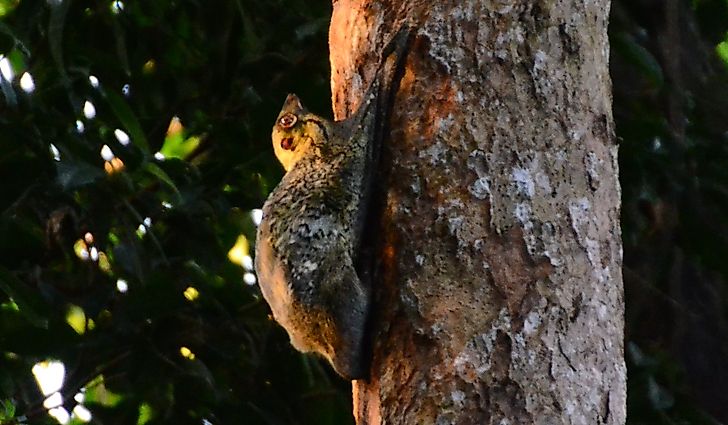
Colugos are arboreal gliding mammals found in some parts of Southeast Asia including Singapore. They are known for their highly efficient gliding abilities, the best of all gliding mammals. Although not true lemurs, they are often referred to as flying lemurs. Colugos can travel as far as 70 m from tree to tree without losing much height. They have a large membrane of skin between their paired limbs that help them achieve this feat. These animals can be spotted in Singapore's Bukit Batok Nature Park or the Central Nature Reserves.
7. Crab-eating Macaque
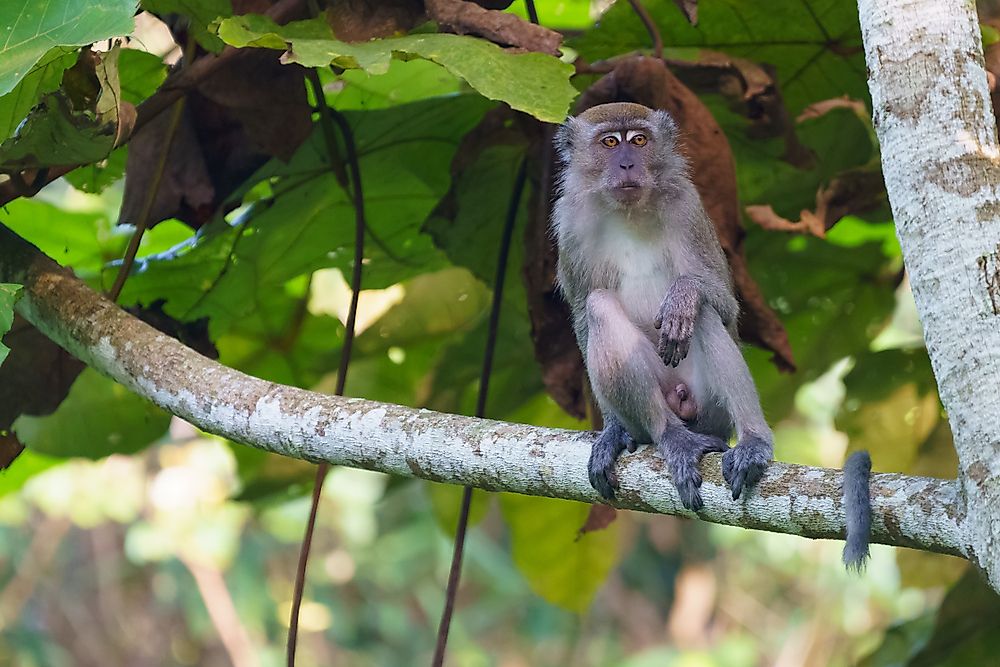
The Macaca fascicularis, is native to Southeast Asia where it is regarded as sacred in some places but treated as agricultural pests in others. This species is an opportunistic omnivore and has been documented using tools to obtain food. These animals form matrilineal social groups where male members leave the group as they reach puberty. The species is labeled as Least Concern.
6. Sunda Pangolin
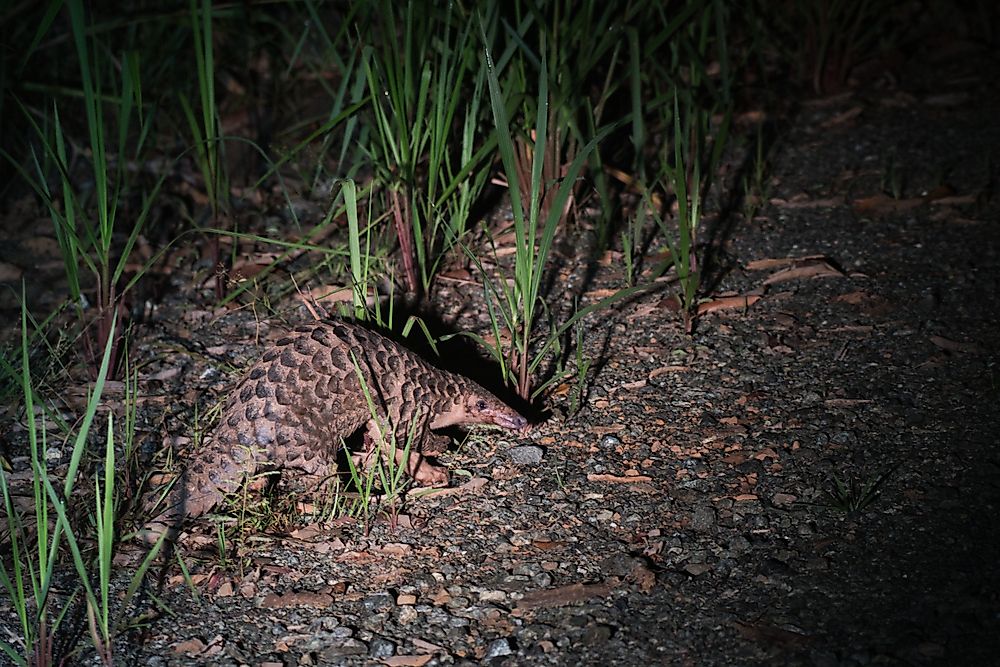
The Manis javanica is a pangolin species found across Southeast Asia including Singapore. It is a critically endangered species that is threatened with poaching and habitat loss. The scales of this species are used to make traditional medicines in China and Vietnam. It is also hunted for its skin and meat. In its range, the Sunda pangolin prefers to inhabit plantations and forest habitats. It is arboreal spending a large part of its life in trees. Ants and termites constitute the diet of this species. It uses its sticky tongue to forage for these insects.
5. Reticulated Python
Malayopython reticulatus is a snake species that is one of three heaviest snakes and the longest snake in the world. It is widely distributed through South and Southeast Asia. The reticulated python is hunted for its skin which is used in traditional medicines. Some of these snakes are also captured to be kept as pets.
4. Dugong
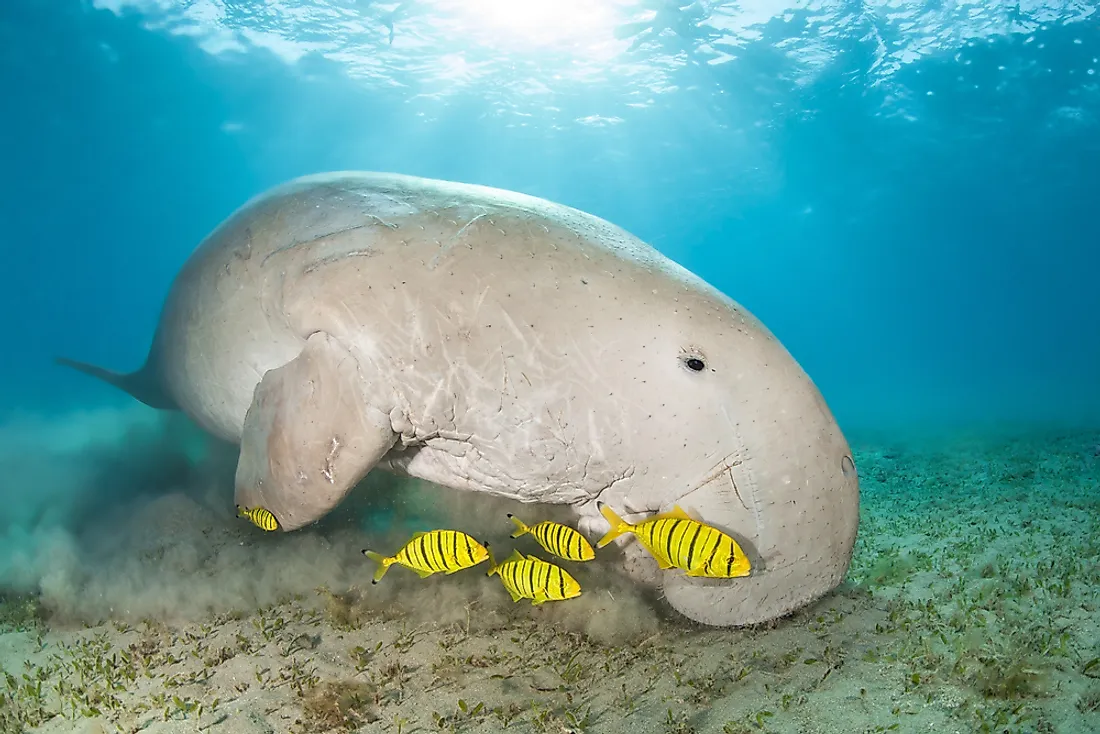
A vulnerable species, the dugong is a medium-sized marine mammal found in the waters of around 40 countries and territories in the Indo-West Pacific. The offshore waters of Singapore also host many dugongs. It is the only marine mammal that is strictly herbivorous. It feeds on seagrass communities for subsistence, and hence, is found only in coastal habitats that support seagrass meadows. Hunted for thousands of years for its meat and oil, the dugong distribution is currently fragmented. Several populations are also threatened with extinction.
3. Banded Surili
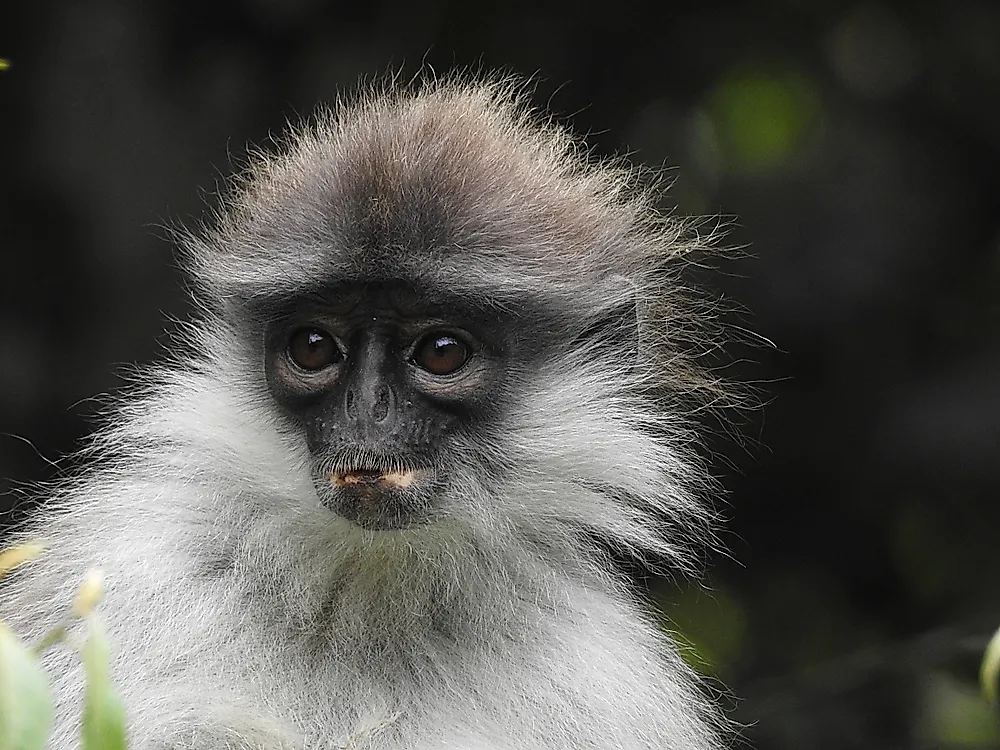
The Presbytis femoralis or the banded langur is a primate endemic to Sumatra and the Thai-Malay Peninsula. It is an arboreal, diurnal animal found primarily in rainforest regions. It also lives in mangrove forests, swamps, and rubber plantations. The banded langur lives in groups of around 11 monkeys in mixed-sex groups. It has a primarily vegetarian diet consisting of seeds and fruits. The species was once common throughout Singapore but the current population of this species in the country is critically endangered. Only around 40 to 60 individuals remain in Singapore's Central Catchment Nature Reserve. Habitat loss is the biggest threat to this species in Singapore. Hunting for food and their capture for the illegal pet trade industry have also decimated the wild populations of this species.
2. Leopard Cat
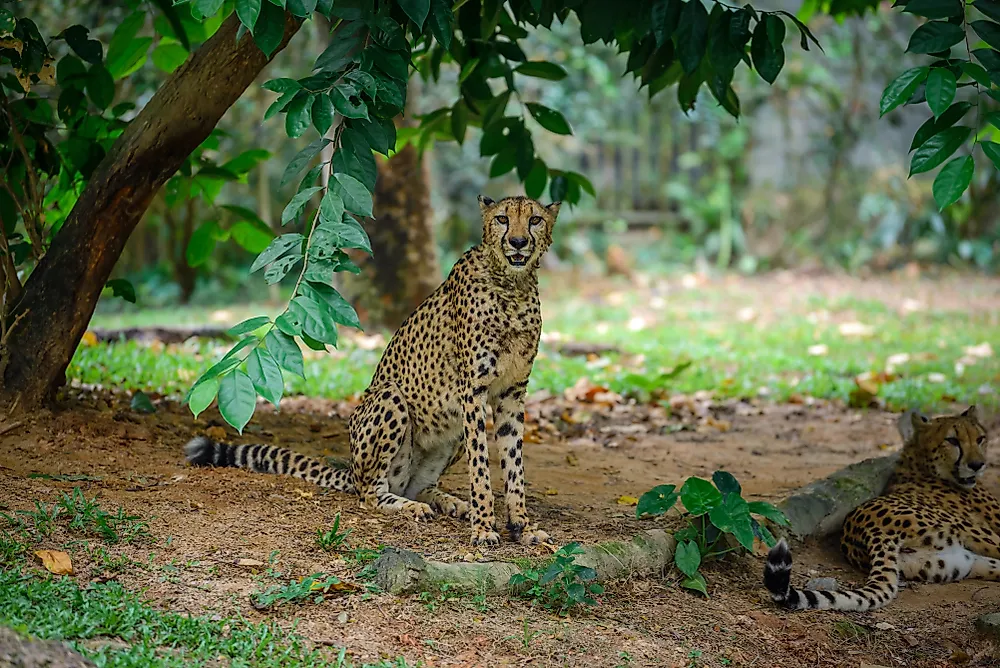
Although Singapore was once home to tigers, leopards, and other wild cats, currently it is home to only one wild cat species, the leopard cat or Prionailurus bengalensis. It is a small felid distributed throughout South, East, and Southeast Asia. Although IUCN regards it as a least concern species, the population in Singapore is on the verge of extinction. Hunting and habitat loss are its biggest threats. This cat has been spotted in some parts of the country like Pulau Ubin, Pulau Tekong, Sungei Buloh, and others.
1. Indo-Pacific Bottlenose Dolphin
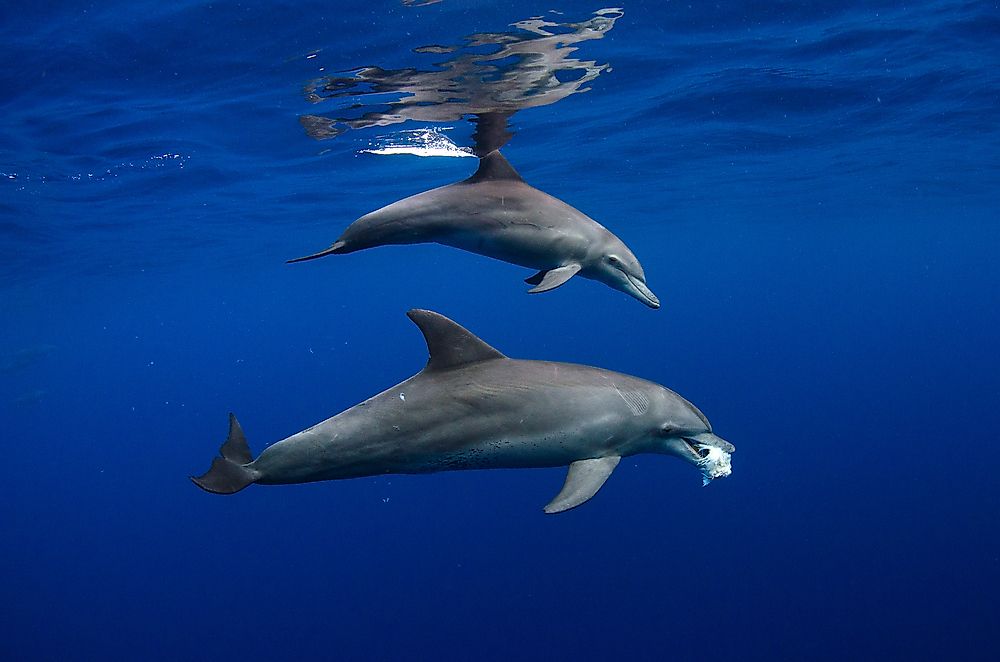
Tursiops aduncus is a bottlenose dolphin species found in the Singapore Strait. It is also found in the waters around India, South China, Red Sea, northern Australia, and African east coast. Although this species is not yet considered endangered, it is quite susceptible to several threats due to its near-shore distribution. Environmental degradation, bycatch, and direct exploitation threaten the future of this species.











